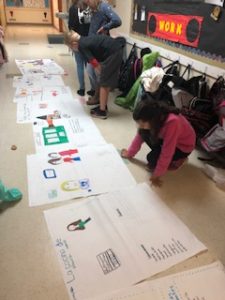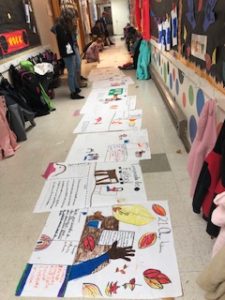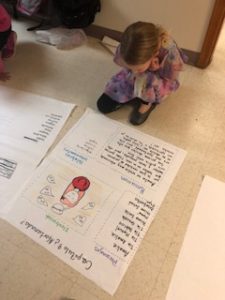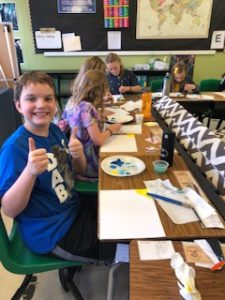History & Geography
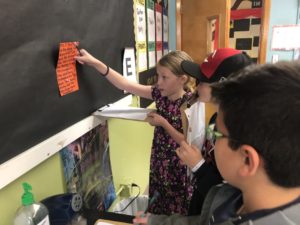 Mathematics
Mathematics
Lectura
Unit 1 has come to an end. This week we spent time working on our unit review. After that, students took their end of the unit assessments. Now we are ready to dig into Unit 2, Our Corner of the Universe, which is closely connected to our science studies. We also had time to continue to make progress on our expository writing pieces. We will be ready to see the published pieces next week. In spelling, we studied homophones.
Ciencias
Focus question: How do the parts of the solar system interact?
This week we took a close look at the parts that form our Solar System. We studied, compared and contrasted the characteristics and conditions of each planet, as well as others parts such as asteroids, moons, etc. Students modeled the concept of orbit and the gravity effect using a ball swinging in a circle on the end of a string. Gravity was introduced as the force that changes the planets’ direction of travel and produces circular orbits.
The solar system includes a star, the Sun, and the objects that orbit it, including Earth, the Moon, seven other planets, their satellites, and smaller objects.
The pulling force of gravity keeps the planets and other objects in orbit by continuously changing their direction of travel.

